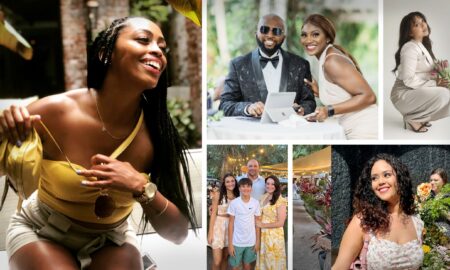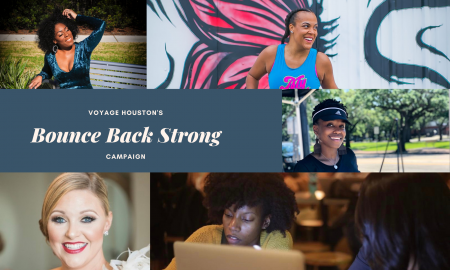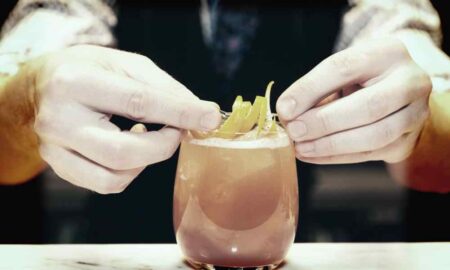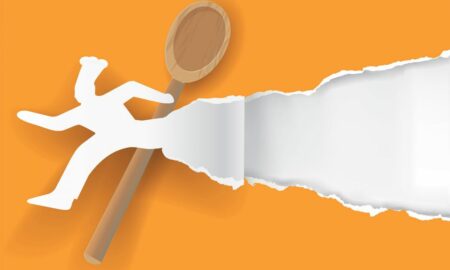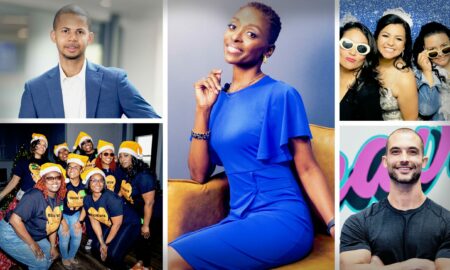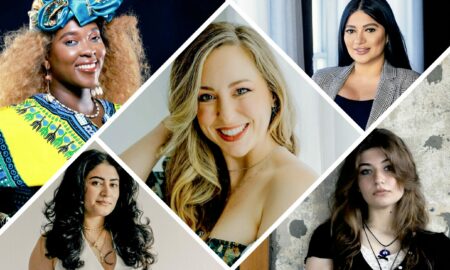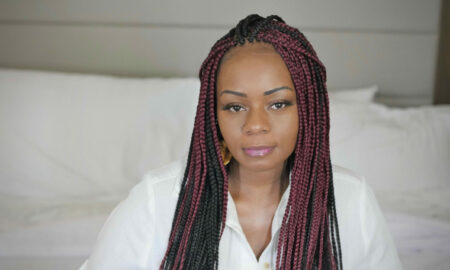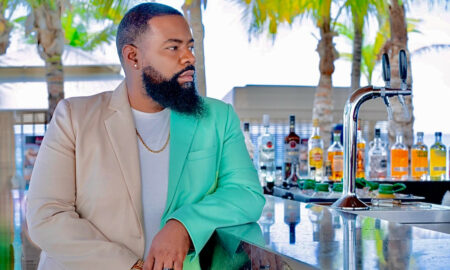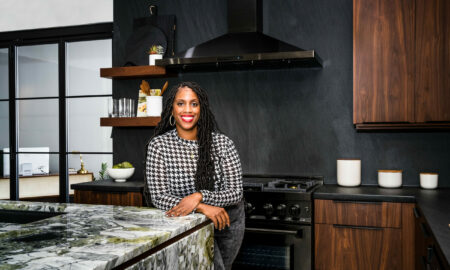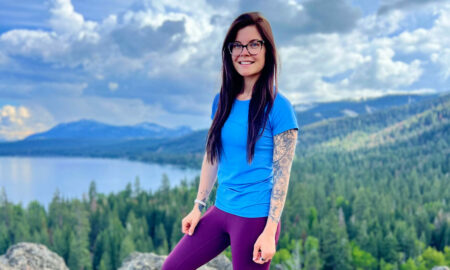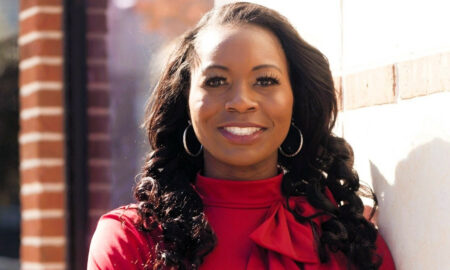T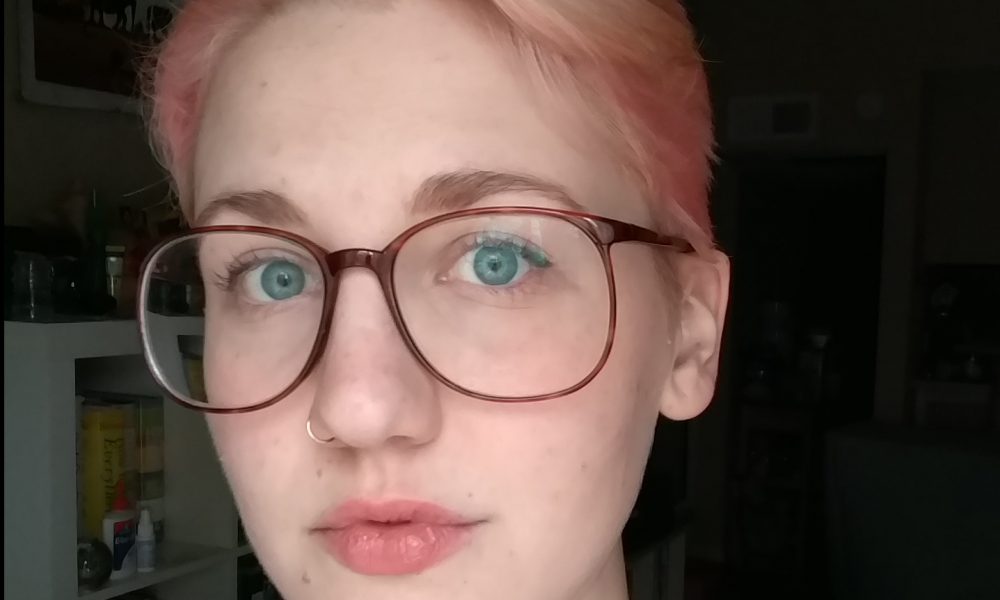 oday we’d like to introduce you to Alex Doty.
oday we’d like to introduce you to Alex Doty.
Alex, please kick things off for us by telling us about yourself and your journey so far.
I grew up in Minneapolis, MN and the surrounding suburbs, and was always good at drawing. But when it came time to choose a college, I decided I wanted to go to a “real school,” which I guess to nineteen-year-old me meant a liberal arts degree. Flash forward a year and a half, and I was miserably trudging through an English/Philosophy double degree at a small Wisconsin college and keeping sane by staying up all night teaching myself watercolors. Eventually, I got my priorities straightened out, withdrew from my liberal arts program, and moved back to Minneapolis to attend the Minneapolis College of Art & Design (MCAD).
It was at MCAD that I realized my passion was for illustration; more specifically, for feminist and body-inclusive illustration. The art I grew up with had a very narrow representation of female bodies, and that’s never sat well with me. A love for vintage pinup art eventually led to the evolution of feminist and body-positive pinups in my own work. The strong negative reaction some people have to body positivity has also led to a spinoff series joking about sexism, in which I juxtapose traditional pinup imagery with a sinister edge.
When I moved to Austin from Minneapolis, I was looking to try new media and was extremely fortunate to strike up an arrangement with a local glassblower. I’ve always wanted to learn glassblowing, and as I did, I naturally defaulted to the content I knew best. So, at this point, I’m working the same sort of ideas through two very different media (2D illustration and glass sculpture), which is a great adventure!
Can you give our readers some background on your art?
Feminism and the representation of femme bodies have always been a huge focal point of my work. It’s what got me into pinups, and it came through loud and clear as I started making tiny bodies out of glass. The glass wants to move into shapes that are soft, curved, round. The way these little sculptures take shape feels remarkable like watching a real body grow: parts swell out, shrink down, crack and re-heal, all in a way that’s eerily similar to fast-motion organic growth. They each have unique irregularities and scars. It all feels very poetic, taken in the larger context of loving bodies of any shape or size.
Gender plays a role in the physical fabrication, too. Glass blowing isn’t the most conventionally feminine medium — somehow, diamond-blade power tools and open flame just don’t say “ladylike” to most people. But for me, there’s something especially satisfying about being female and making something undeniably feminine in that masculine space.
My work as a whole is about celebrating a feminine body in a world that makes that celebration complicated, and sometimes cracking a few jokes about those complications. Nothing beats the feeling of my work connecting with someone on that level, of a woman seeing a piece and saying, “I love this one, she looks just like me!”
In your view, what is the biggest issue artists have to deal with?
Money, frankly. Most art programs are shy at best when it comes to educating artists about how to survive financially, which is especially dangerous for a group that tends to have an unstable income. On top of that, our tax and public healthcare systems are incredibly difficult to navigate for the self-employed, often leading to mistakes and lack of a financial safety net for the majority of self-employed artists. Many artists are forced to keep multiple jobs to stay above water, which is draining and distracting.
In the age of instant media, time is money and attention are time. A ton of artists are constantly vying for increased exposure and fighting to get enough eyeballs on their work to keep a steady living, but that exposure can cost a ton. Social media can be great for artists, don’t get me wrong, but it’s definitely a double-edged sword.
Lots of super talented people haven’t been able to make a decent living from their creativity, so they’ve been forced to give it up in favor of financial stability. Greater value placed on art and design services — and accessible support from cool publications like this one! — goes a long way towards making art a sustainable career.
What’s the best way for someone to check out your work and provide support?
I sometimes sell work at pop-up markets around Austin, and can usually be counted on to show up at events hosted by local art zine Almost Real Things. The rest of the time, my work is visible online or on my Instagram.
Contact Info:
- Website: www.adoty.com
- Email: adoty.illustration@gmail.com
- Instagram: www.instagram.com/adoods
- Other: inprnt.com/gallery/adoods








Image Credit:
Alex Doty
Getting in touch: VoyageHouston is built on recommendations from the community; it’s how we uncover hidden gems, so if you know someone who deserves recognition please let us know here.

